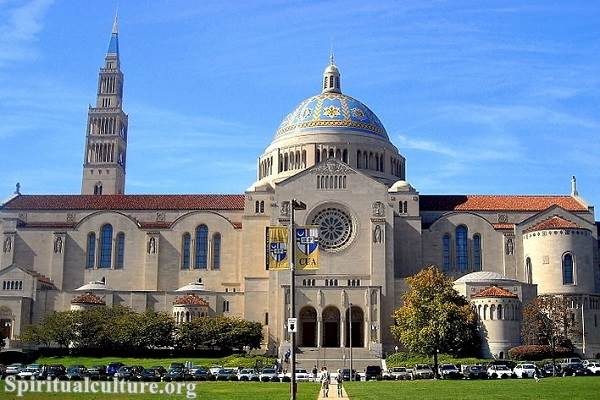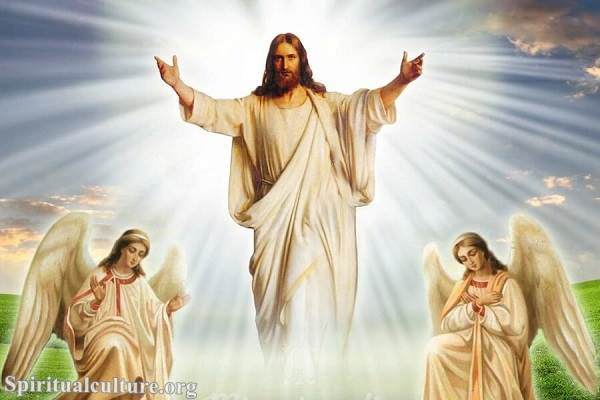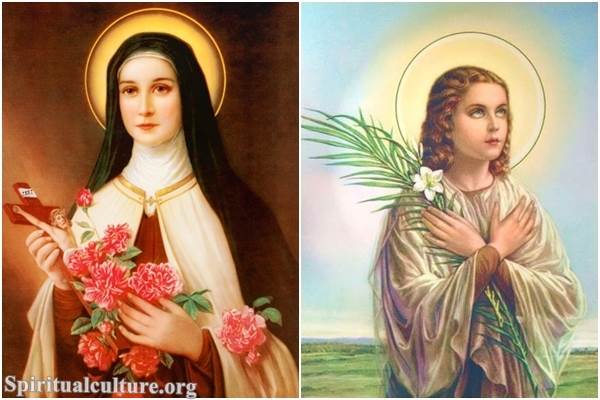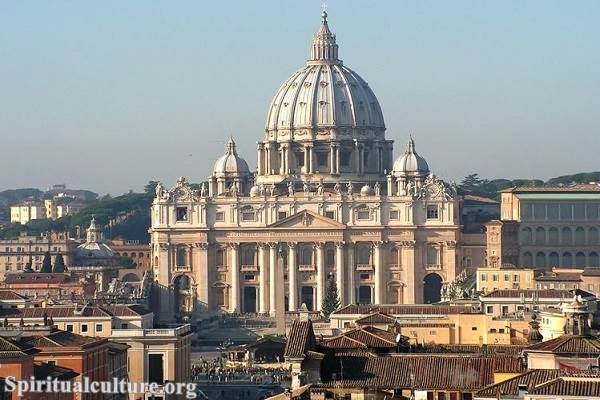Pentecost stands as one of the most profound celebrations in Christianity, often referred to as the “birthday of the Church.” Marking the descent of the Holy Spirit upon the apostles and followers of Jesus Christ, Pentecost fulfills the promises of Jesus regarding divine empowerment and guidance. This event, commemorated annually, bridges history, theology, and contemporary Christian practices in a way that underscores the universal nature of the Gospel.
In this comprehensive exploration, we delve deeper into the origins, biblical accounts, theological interpretations, and the vibrant ways Pentecost is celebrated around the world today.
1. The Meaning of Pentecost: More Than a Date on the Calendar
The Definition and Origins of Pentecost
The word “Pentecost” derives from the Greek Pentēkostē, meaning “fiftieth.” For Christians, it marks the 50th day after Easter, commemorating the Holy Spirit’s descent as described in Acts 2. This day signifies the transition of Jesus’ earthly mission to the empowerment of His followers, who were tasked with spreading His message across nations.
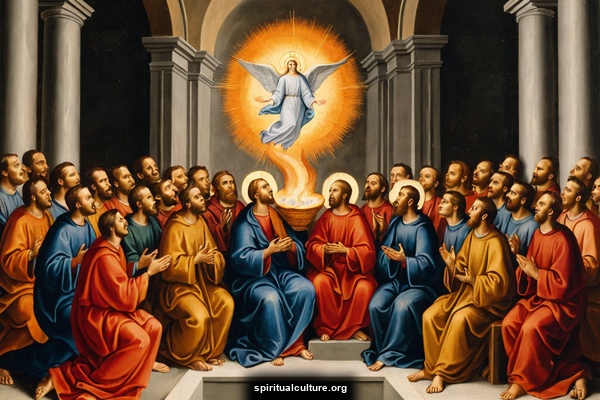
However, Pentecost’s roots predate Christianity, originating as a Jewish festival. Known as Shavuot or the Feast of Weeks, it was celebrated 50 days after Passover to mark the end of the grain harvest. This dual heritage enriches Pentecost, connecting it to both the giving of the Torah at Mount Sinai and the new covenant established through Christ.
2. Pentecost in Scripture: A Divine Intervention
Pentecost in the Old Testament
The Jewish Pentecost, or Shavuot, celebrated the completion of the barley harvest and the beginning of the wheat harvest. It was also associated with the moment God gave the Torah to Moses on Mount Sinai, a cornerstone of Jewish identity and law. Scriptures like Leviticus 23:15-21 and Exodus 19:1-25 provide detailed instructions and narratives surrounding this sacred time.
Pentecost in the New Testament
The Christian understanding of Pentecost is rooted in the New Testament, specifically Acts 2:1-4:
- The apostles gathered in Jerusalem, fulfilling Jesus’ instruction to wait for the “promise of the Father” (Acts 1:4).
- A sound like a mighty rushing wind filled the house, and tongues of fire appeared, resting on each of them.
- Filled with the Holy Spirit, they began speaking in diverse languages, enabling them to communicate with a multicultural crowd gathered for the Jewish festival.
This miraculous event fulfilled Old Testament prophecies, such as Joel 2:28-29: “I will pour out my Spirit on all people…” and Ezekiel 36:27: “I will put my Spirit in you and move you to follow my decrees.”
3. Theological Significance of Pentecost: A Closer Look
Pentecost holds deep theological implications for Christians, symbolizing not only the fulfillment of prophecies but also the empowerment of believers and the birth of the Church.
A New Covenant
Pentecost signals the shift from the Old Covenant of the Law to the New Covenant of Grace. The giving of the Holy Spirit represents God’s presence dwelling within believers, rather than in a physical temple.
Empowerment for Mission
Before Pentecost, the apostles were hesitant and uncertain about their mission. The descent of the Holy Spirit transformed them into bold preachers and leaders, enabling them to perform miracles and share the Gospel effectively.
Unity Amid Diversity
The miracle of speaking in tongues is not merely a display of divine power but also a statement of unity. People from various regions heard the apostles speaking in their native languages, emphasizing that the Gospel transcends cultural and linguistic barriers.
4. Pentecost Through the Centuries: Development and Practices
The way Pentecost has been understood and celebrated has evolved, reflecting the Church’s growth and diversity.
Early Church Practices
The early Christians viewed Pentecost as a time of great joy and renewal. Baptisms were often performed on this day, signifying the believer’s reception of the Holy Spirit.
Medieval Traditions
During the Middle Ages, Pentecost became a major feast day, complete with elaborate processions, dramatic reenactments of the Holy Spirit’s descent, and the symbolic use of flames, doves, and water.
Reformation Era
The Protestant Reformation brought changes to Pentecost celebrations. Reformers emphasized the day’s scriptural and evangelical significance, often simplifying rituals while focusing on preaching and congregational worship.
5. Pentecost Celebrations Around the World
Today, Pentecost is celebrated with unique traditions that vary by denomination and culture but share common themes of joy, renewal, and unity.
Western Christianity
- Roman Catholic Church: Red is the liturgical color for Pentecost, symbolizing the Holy Spirit’s fire. The day often includes special prayers, hymns, and confirmation ceremonies, where believers affirm their faith and receive the Holy Spirit.
- Protestant Churches: Many Protestant communities focus on evangelism during Pentecost, with sermons emphasizing the empowerment of the Holy Spirit for mission.
Eastern Orthodox Christianity
Known as “Trinity Sunday,” Pentecost in the Orthodox tradition emphasizes the Holy Trinity. Churches are decorated with green branches and flowers, symbolizing renewal. The Kneeling Prayers, recited for the first time since Easter, are a key component of the liturgy.
Global Traditions
- Italy: Some churches release rose petals from the ceilings, symbolizing tongues of fire.
- Germany: Pentecost fires (Pfingstfeuer) are lit, reflecting the Holy Spirit’s fiery descent.
- Nigeria: Pentecost is celebrated with vibrant music, dance, and communal feasts, showcasing the cultural joy of receiving the Holy Spirit.
- South Korea: Many churches hold all-night prayer vigils, emphasizing spiritual renewal.
6. Pentecost and the Rise of Pentecostalism
The significance of Pentecost extends beyond liturgical celebrations, inspiring entire movements like Pentecostalism. This Christian renewal movement emphasizes the gifts of the Holy Spirit, such as speaking in tongues, prophecy, and healing.
The Azusa Street Revival
The Azusa Street Revival (1906-1915) in Los Angeles marked the birth of modern Pentecostalism. Under the leadership of William J. Seymour, this movement emphasized spiritual experiences akin to those described in Acts 2.
Global Influence
Pentecostalism has grown rapidly, particularly in the Global South, where its emphasis on personal transformation and miraculous works resonates deeply.
7. Symbols and Art Inspired by Pentecost
Pentecost Symbols
- Fire: Represents the transformative and purifying presence of the Holy Spirit.
- Wind: Signifies the invisible yet powerful work of God.
- Dove: Though not explicitly mentioned in Acts 2, the dove remains a popular symbol of the Holy Spirit.
Artistic Representations
From early mosaics to Renaissance masterpieces, Pentecost has inspired countless works of art. Notable examples include:
- “Pentecost” by El Greco: A dramatic depiction of the apostles engulfed in divine light.
- Medieval Illuminations: These intricate artworks often feature flames, doves, and the apostles gathered in awe.
8. The Role of Pentecost in Modern Christianity
Personal Reflection
For individuals, Pentecost serves as an opportunity for spiritual renewal and a reminder to seek the Holy Spirit’s guidance in daily life.
Community Engagement
Churches often use Pentecost to promote unity, emphasizing collaboration and outreach initiatives that reflect the apostles’ mission.
Ecumenical Movements
Pentecost provides a platform for interdenominational dialogue, fostering unity among Christians of different traditions.
9. Interfaith Dimensions of Pentecost
The shared heritage of Pentecost as Shavuot fosters dialogue between Christians and Jews. Both traditions celebrate divine revelation—through the Torah in Judaism and the Holy Spirit in Christianity—highlighting the continuity of God’s work across covenants.
10. Challenges and Opportunities for Celebrating Pentecost Today
In an increasingly secular world, Pentecost presents both challenges and opportunities:
- Challenges: Declining church attendance and limited awareness of its significance can make Pentecost seem like an afterthought.
- Opportunities: Innovative celebrations, including digital worship and community events, can make Pentecost more accessible and engaging.
11. Conclusion: Living Out the Spirit of Pentecost
Pentecost is not just a historical event or an annual celebration; it is a call to live Spirit-filled lives marked by boldness, unity, and mission. As the apostles once did, believers today are invited to embrace the Holy Spirit’s transformative power and share the Gospel with the world.
By understanding its profound history, theological depth, and vibrant traditions, we can fully appreciate Pentecost as a cornerstone of the Christian faith. Let this day inspire us to renew our commitment to God, our communities, and the world.
